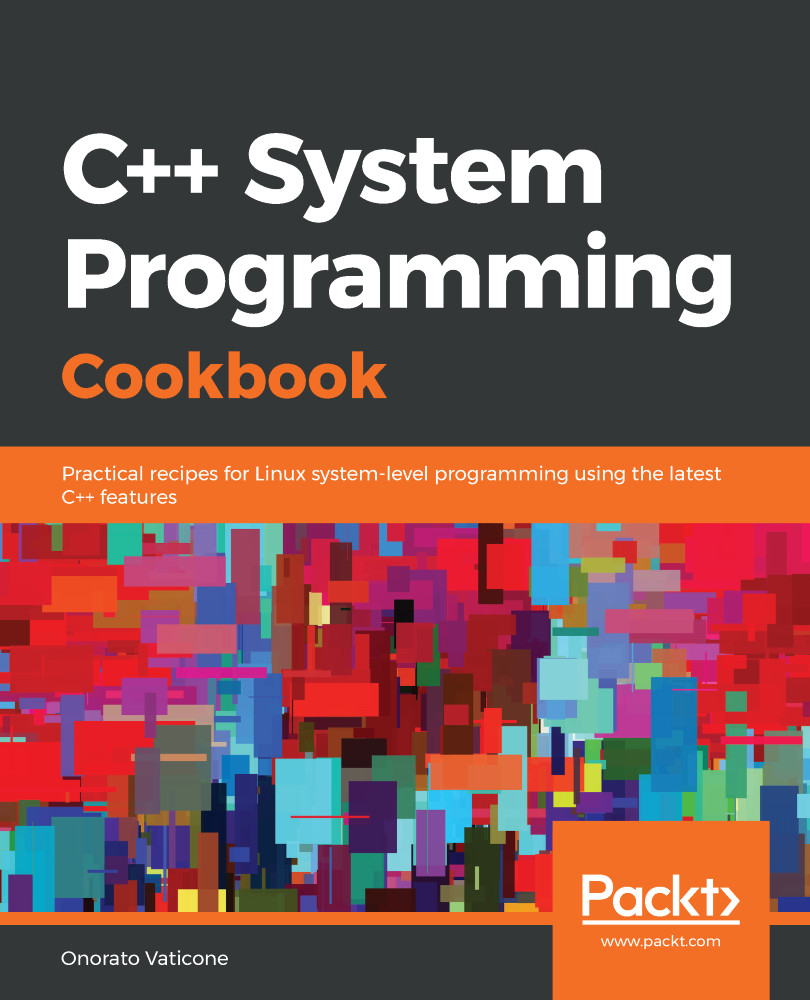Processes and threads are the execution units of any operating system. In this recipe, you'll learn how to deal with processes and threads on GNU/Linux on the command line. A process is a running instance of a program with a well-defined set of resources such as files, processor state, and threads of execution allocated to it.
A process in Linux is defined by the task_struct structure defined in the sched.h header file. On the other hand, a thread is defined by the thread_info structure in the thread_info.h header file. A thread is one possible flow of execution of the main process. A process has at least one thread (the main thread). All the threads of a process run concurrently on a system.
One aspect to keep in mind on Linux is that it doesn't differentiate between processes and threads. A thread is just like a process that shares some resources with some other processes. For this reason, in Linux, threads are often referred to as a lightweight process (LWP).












































































